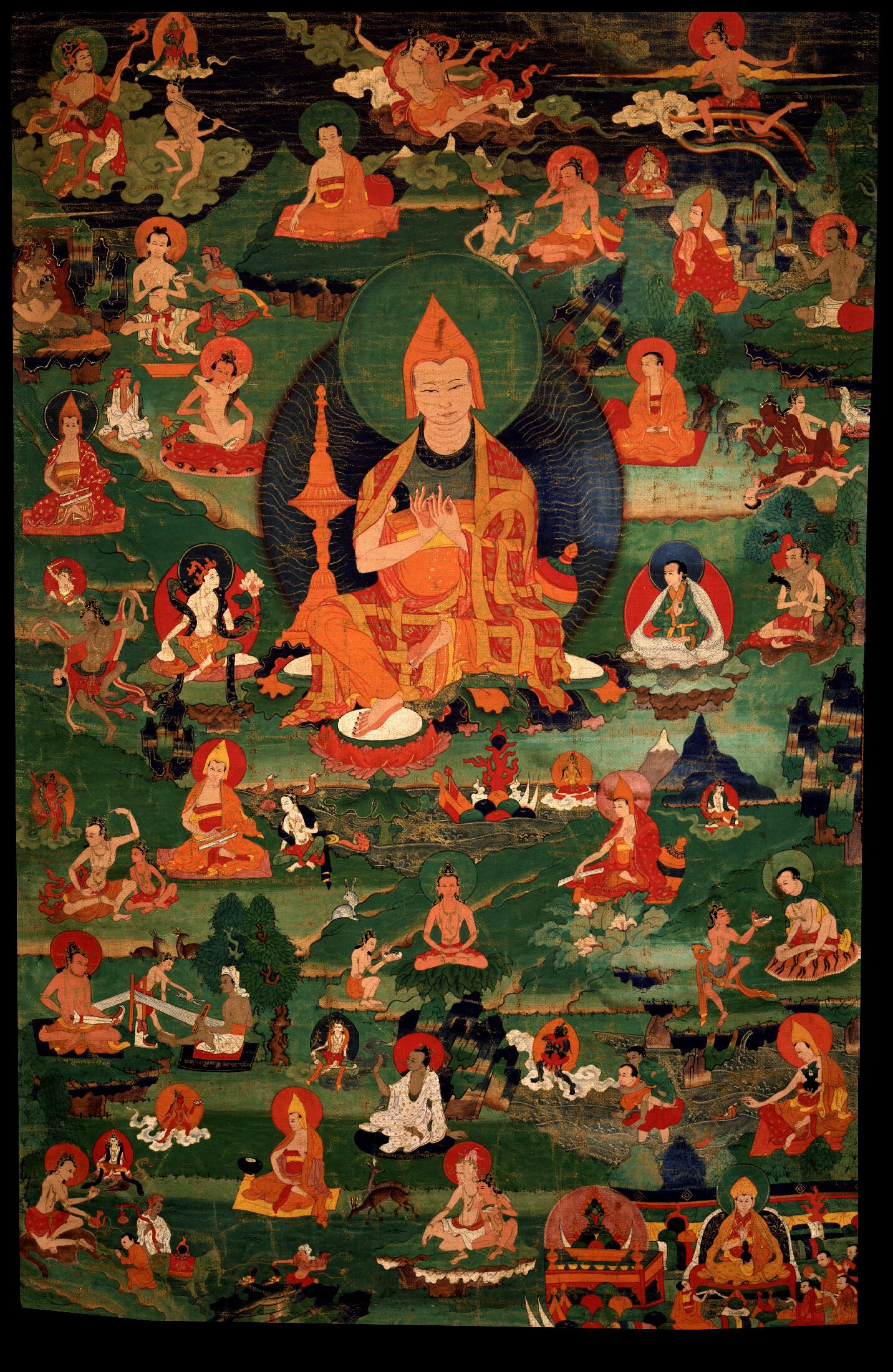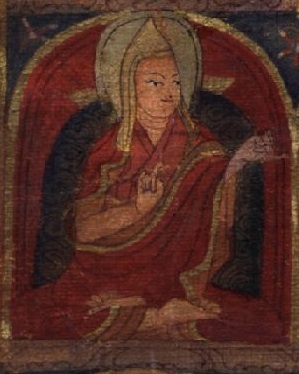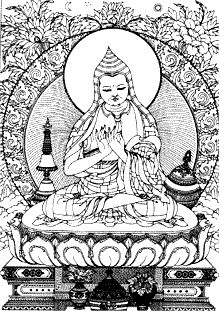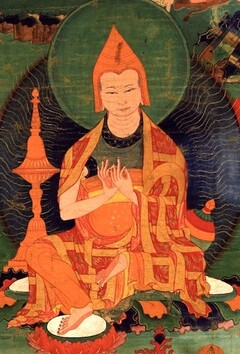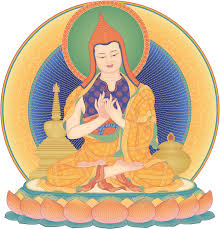
Atisha Dipamkara
The Life of Atisha.
By Kyabje Lama Zopa Rinpoche, Kopan Monastery, Nepal, 1976.
Having a little bit of understanding of the life story of Atisha is very beneficial for our mind, so we can try to understand the teaching he wrote. By understanding Atisha’s life story and how he practiced Dharma and achieved realizations, devotion arises and we can feel that his teaching is most precious and pure.
Actually it is a very long life story, and it is divided into three parts. In order to have some idea about the great bodhisattva Atisha and how he benefited sentient beings, there are stories about his birth, his home, his birthplace and his early life. The stories explain how he achieved great knowledge and realizations with that holy body. Then after achieving the knowledge and realizations of the path, he benefited the teachings and helped sentient beings— he led the disciples and sentient beings to happiness. Continue reading



